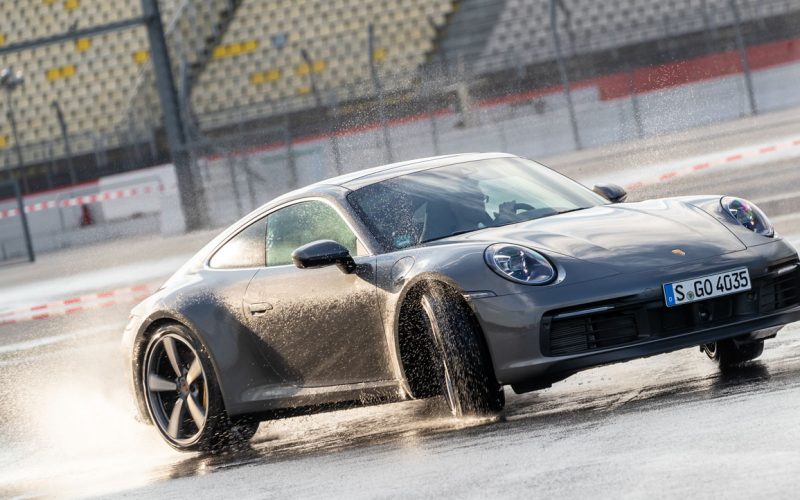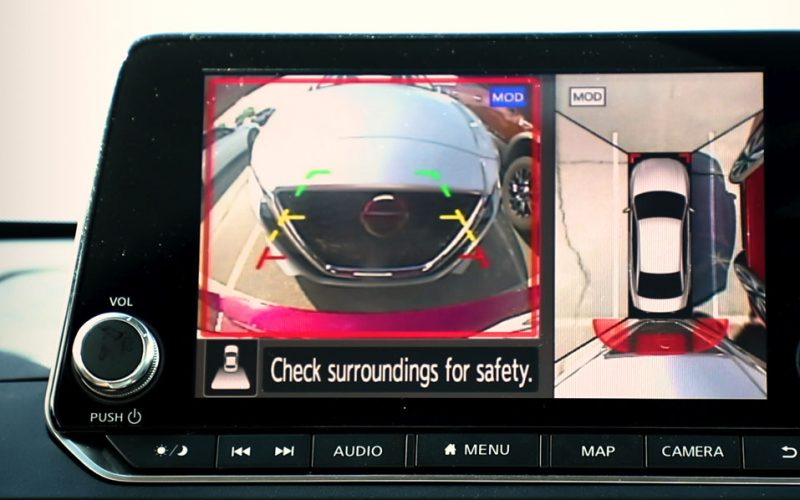
Reading Time: 5 minutesWho could have known? Porsche 911 owners drive too fast. Even in the wet. With such

Reading Time: 3 minutesNot long ago the only way you could’ve purchased advanced driver assist systems would have been
© 2025 The Car Magazine. All Rights Reserved, Privacy Policy | Terms of Use